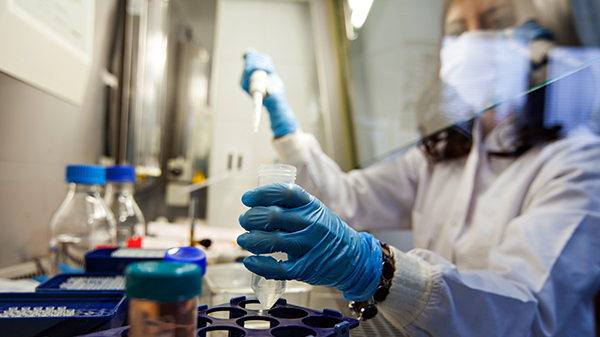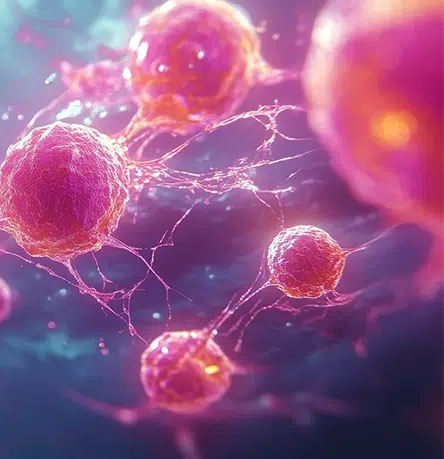
Worldwide’s Bioanalytical Services team fielded a wide range of interesting questions at the 12th Workshop on Recent Issues in Bioanalysis (WRIB) in Philadelphia. Many of them boiled down to this: “What factors contribute to successful regulated bioanalysis?”

Effective Assay Method Development and Validation Program
A positive outcome begins with a robust assay method development and validation program. Effective method development requires a full understanding of the compound of interest, its metabolism, and potential risks uncovered during the discovery phase. The ultimate goal is to ensure that the extraction, separation, and detection procedures are optimized, which will yield the highest-quality data.
As method development progresses, an initial validation will examine figures of merit, such as the limit of quantitation, selectivity, stability, recovery, matrix factor, and method ruggedness. These factors are evaluated at a high level to ensure the method can undergo the rigors of full validation. Selection of a suitable internal standard, preferably one that is stable labeled, also ensures a successful outcome.
After the method is optimized and deemed robust, a thorough validation needs to be conducted in accordance with the appropriate country’s regulations and industry standards. It is during this time that the assay method will be tested at extremes to uncover potential liabilities.
Complete Validation Evaluates the Following Figures of Merit:
- Accuracy
- Precision
- Dilution integrity
- Carryover
- Specificity
- Selectivity
- Extraction recovery
- Matrix effect
- Stability
- Batch size
- Reinjection reproducibility
Failure to meet specified acceptance criteria in any of these areas requires an investigation to determine the root cause. The investigation will ask, “Is the cause due to method execution or the actual performance of the assay method?” In either case, the resolution may require a rewrite of the procedures to ensure proper execution or additional method development/validation to overcome the failure. Once the validation is completed and all figures of merit have met acceptance criteria, the assay method is approved for use in regulated bioanalysis.
Training and Automation Contribute to Regulated Bioanalysis with Failure Rate < 3%
Successful execution during the sample analysis phase begins with a robust training program. All extraction analysts are trained in the same manner to ensure run-to-run consistency during bioanalysis. Part of the training program requires an analyst to qualify on the newly validated method. The analyst must demonstrate an ability to meet accuracy, precision, and batch size requirements without contamination during training to minimize the potential for failed runs during bioanalysis.
The use of automation is highly recommended as another way to ensure a successful outcome, as automation minimizes potential human error and creates efficiencies. It goes without saying that well maintained and properly calibrated equipment and instrumentation are necessary for all types of regulated bioanalysis. For LC-MS methods, additional care during the setup of the instrumentation leads to more successful outcomes. System suitability tests prior to the injection of a sample analysis run are critical. Such tests demonstrate proper separation, retention times, and adequate precision without carryover effects. All of these suitability tests are instrumental in minimizing failed runs or the need to reinject.
With proper care and attention in the areas listed above, low failure rates can be achieved. In addition, routine trending of failure rates by method, analyst, and study design will assist in maintaining a low failure rate and may identify areas for assay improvement and/or efficiencies. A method that displays a higher than normal failure rate may need to be quarantined, its sample analysis halted, and a full investigation conducted to determine the root cause. With proper identification of the cause and resolution, however, the method can be reinstated and sample analysis resumed. With focused attention in critical areas, failures rates < 3% can be a reality!
Obtaining Low Failure Rates in Assay Development
For more information about obtaining low failure rates or other ways Worldwide’s Bioanalytical Services team can help you achieve your development goals, submit a general contact form and mention Michele Malone.
References
- Unger S, Horvath T, Tan M, Zhou J, Lloyd T, McManus M, Wells E. Making methods rugged for regulated bioanalysis. Bioanalysis. 2015;7(7):833-852.
- FDA Guidance for Industry: Bioanalytical Method Validation, In U.S. Department of Health and Human Services, Food and Drug Administration. Center for Drug Evaluation and Research. May 2001.
- Guideline on Bioanalytical Method Validation. European Medicines Agency. Science Medicines Health. 21 July 2011.


